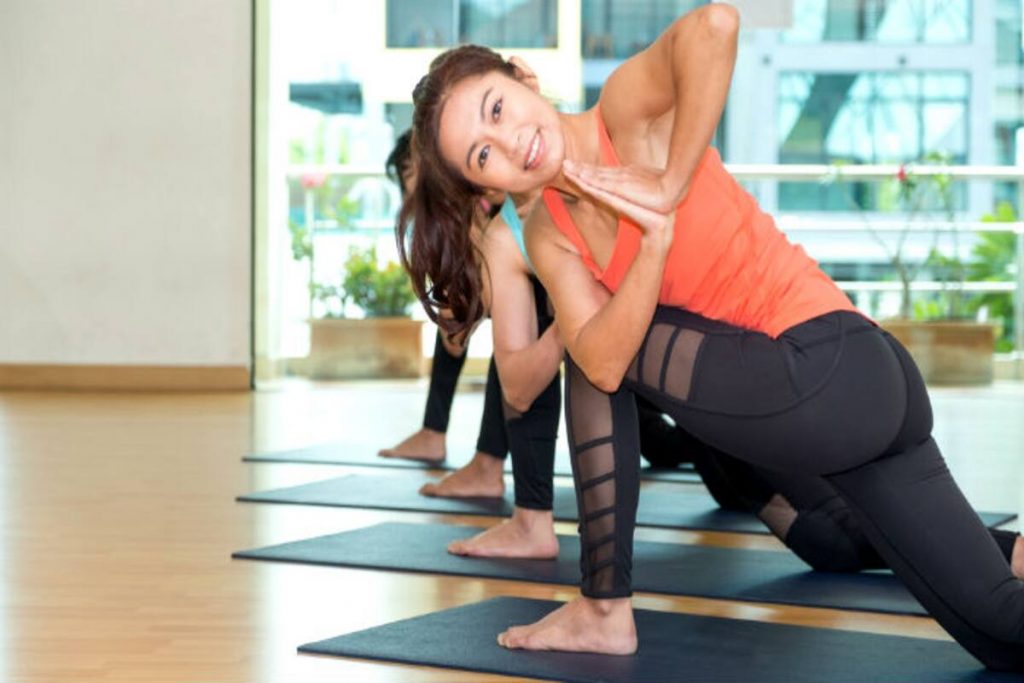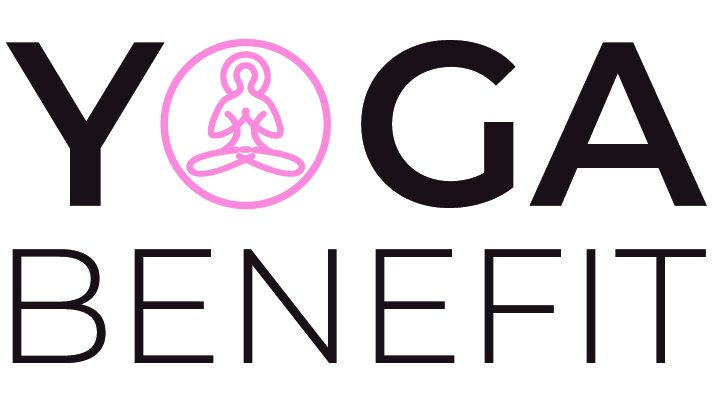Yoga anatomy is a benefit to anyone who practices yoga, so it’s important that we have a solid understanding of the body’s physiology.

- YOGA ANATOMY can be likened to having GOOGLE MAPS FOR YOUR BODY
Imagine a Google Maps version for your body. Your body. Do you feel a burning sensation in your butt? Zoom in and locate the exact location of the pain. Your anatomy map shows that the sensation is coming from the head and not the glutes (buttocks). It’s time to use your yoga anatomy knowledge! You could have tried to massage your buttocks and stretched them without knowing yoga anatomy. You can drive in the wrong direction, going nowhere. It’s like driving without a map.
- PRACTICE SMART
Yogi A is a who practices yoga for ten years. He does this repeatedly and with great care. There is a lot of sweat, tears, many injuries, and much pain involved. Due to irreversible injuries, some asanas have to be abandoned.
YogiB – Practices for ten years, repeatedly and conscientiously. There was a lot of tears and sweat, but there was less pain and injury. You should still practice asana daily.
What’s Yogi B’s secret?
Answer : A strong awareness of the body. Strong awareness and knowledge of the body’s capabilities, functions, limitations, and strengths are essential. This is precisely what yoga anatomy aims to achieve. Understanding the difference between the function and hip joint (ball socket) will help you avoid forcing your body into Padmasana (lotus position) when your hips aren’t ready. Stabilize your knees and focus on movement from the hips. Practice hard AND practice smart. Blindly practicing without being aware of your body is a recipe to disaster.
- KNOW WHEN YOU SHOULD BACK OFF
It is like driving on the highway with no brakes and practicing asanas aggressively and fervently without paying attention to the body’s structure. When the body is tired and is unable to function properly, there is an inevitable crash. You can apply anatomy knowledge to your yoga practice to determine when it is time to slow down to allow muscle recovery and to avoid injury. It is also possible to co-activate and recruit different muscles in different positions, which helps avoid fatigue and over-use. This is the art of knowing when to slow down and back off, as well as how to respect the body’s limits for safe, sustainable practices.
- SEE THE BODY AS A WHOLE
We micro-manage our bodies, admit it. Let’s look at the lower back. We tend to concentrate on the lower back when we feel pain and start thinking about ways to fix it. Perhaps I should apply heat to the area. Do I need to take painkillers? Perhaps more supplements are needed for joint health. Maybe I need to stretch it. We seek immediate relief from symptomatic discomfort. We forget about the pain once it has subsided. The pain will subside again the next time it occurs.
Joint pain is often caused by muscular imbalances. Most common is the upper cross and lower crossing syndrome. This requires understanding how different muscle groups work together. It is important to look at the whole body, connect the dots, and work towards restoring equilibrium. Start by looking at which muscles have been too active and become stiff. Also, look at which muscle groups are weak or not providing the support necessary for joint health. Instead of focusing on the immediate pain relief, we can address the root causes of pain and other issues.
- DITCH THAT EGO
I love anatomy. There will always be days where I feel overwhelmed by the technicalities and complexity of anatomy. Every day is a learning experience. Scientists and researchers are continually uncovering new mysteries about the anatomy and human body. You will have to learn humility and let go of your ego as you study yoga anatomy. Soon you will be comfortable saying “I don’t know, but… I’ll try to find out more.” The beauty and complexity of the human body will humble you. The more you learn, the more you will be amazed. It is a truly eye-opening, and sometimes even humbling experience.
